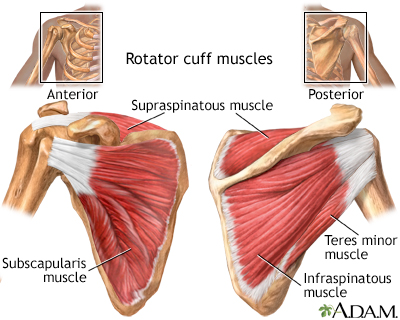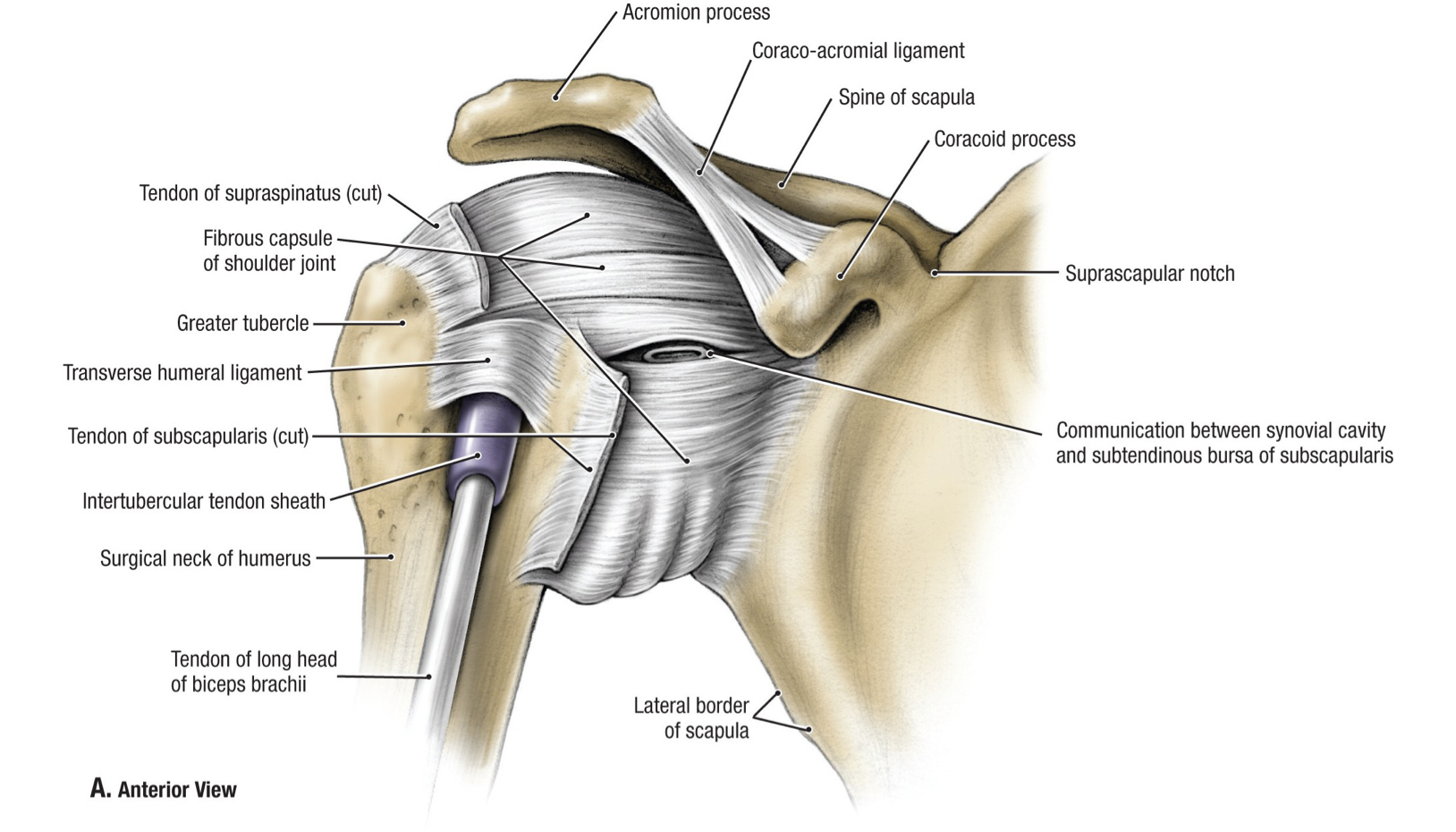High intensity exercise has numerous benefits for our body. This is nothing new. However, when there are areas of injury or weakness, this can be significantly impacted by intense exercise.When we talk about high intensity exercise, we refer to running/jumping and weight lifting. One of the often overlooked areas that are impacted by exercise is the pelvic floor. The pelvic floor is a support sling made up of three layers of muscles. Additionally it has a role in bladder, bowel and sexual function. Pelvic floor dysfunctions are not just for the elderly or someone who has recently had a baby. Highly active people can have pelvic floor problems too! Running is an impactful activity that puts a ton of force through the pelvic floor muscles.

Exercise and Your Pelvic Floor
What we see symptomatically is potentially tight, but weak and sometimes painful pelvic floor muscles. Urinary incontinence with stress; coughing, sneezing, laughing or running/jumping. The muscles may be tight because they are doing their best to hang on and support you. They reflexively contract and stay that way to support the inferior aspect of the body.
Another common active group of individuals that have pelvic floor problems are weight lifters. Pressure management is incredibly important in this population. Breath holding (also known as valsalva) during weight lifting is seen frequently. This causes pressure to increase in the abdomen which we don't want. That ultimately puts significant pressure on the pelvic floor plus the extra weight during lifting.
This can result in pelvic floor tightness because again, they are trying very hard to support all this extra weight and pressure. Tightness may show up as pain in the perineal area (for both women AND men) at rest or with exertion. Consequently urinary incontinence may start as well. Releasing any tight pelvic floor muscles is the first step to treating exercise induced pelvic floor dysfunction. A tight muscle can't properly function to support you.
Treating Pelvic Floor Dysfunction
Once we release the tension in the muscles, we can begin strengthening them. Some patients have a hard time learning how to do this, but fear not, we will help you get the hang of it. The final step is to make sure those muscles are engaging properly while running/jumping and lifting. This is a gradual progression. The distance you run, or the weight you lift will be decreased for awhile but its better to slowly build while properly engaging and not straining the pelvic floor.
Physical therapy for exercise induced pelvic floor problems in Columbia and Baltimore Maryland
If you are experiencing pelvic floor problems with high intensity exercise, contact our office today!



